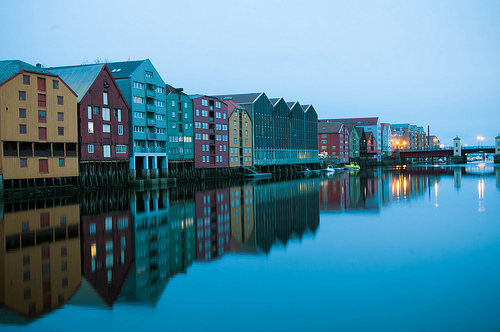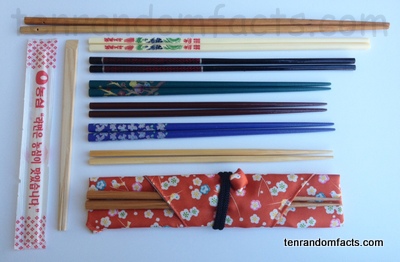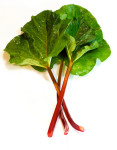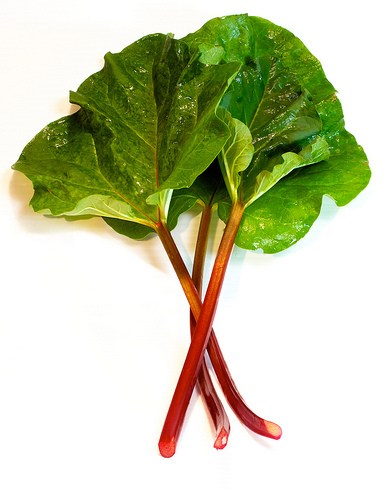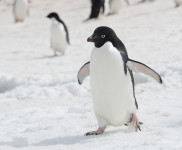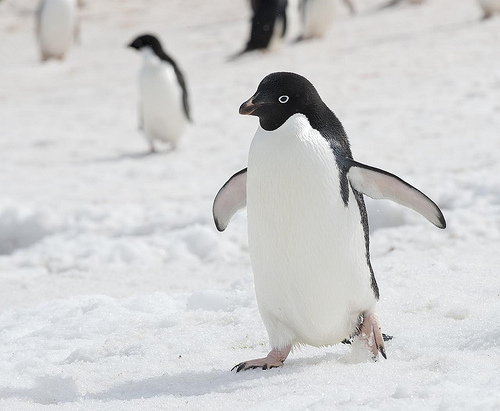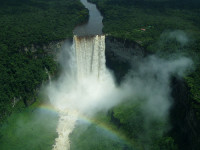
Who would know a wharf like Bryggen would attract such a history?
- Bryggen is a wharf, as well as a block of buildings that sits adjacent to it, in Norway’s Bergen, in Europe, that has been a major trading point throughout history.
- ‘Bryggen’ can be translated from Norwegian as ‘the wharf’ and it is also called ‘Tyskebryggen’, meaning ‘German wharf’, in reference to the Germans that originally lived and worked there.
- The UNESCO World Heritage Convention designated Bryggen as a World Heritage Site in 1979, due to its cultural and historical significance.
- Bryggen was used as a trade centre from the 1100s, although it was not until the mid 1300s when the Hanseatic League began to expand in the area, that trade began to boom.
- The buildings located along Bryggen are similar in style, often three storeys tall with a gabled tiled roof and timber cladding.
Bryggen
Image courtesy of Kamil Porembiński/Flickr
- Just over 60 historic buildings exist in Bryggen, which equals around 25% of what was initially there, however most of these buildings are not completely original, as many have been rebuilt or restored over the centuries, primarily due to majors fires in 1476, 1702 and 1955, although authentic techniques and materials have been used as much as possible.
- The mostly wooden buildings of Bryggen can be seen in a variety of colours, such as white, brown, red, mustard and orange, and they were mostly used for storing goods and trading purposes, as well as housing merchants.
- The buildings that make up the area of Bryggen, include St Mary’s Church which was constructed in the 12th century and is the oldest building in the area; and two museums, one of which is a modern construction built in 1976; while many of the old buildings house restaurants, shops, and workshops for artisans.
- Over 500 hundred historic runes that refer to or describe the daily life of the residents of Bryggen up until the late 1300s, were discovered during excavations after the major fire in the area in 1955.
- In 2011, Bryggen was visited by nearly 870,000 tourists, and is among the most popular destinations in the region.
Bibliography:
Bryggen – the historic wharf in Bergen, 2015, Visit Norway, http://www.visitnorway.com/en/where-to-go/fjord-norway/bergen/what-to-do-in-bergen/attractions-in-bergen/bryggen-the-hanseatic-wharf-in-bergen/
Bryggen, 2015, Wikipedia, https://en.wikipedia.org/wiki/Bryggen
Bryggen, 2015, UNESCO World Heritage Convention, http://whc.unesco.org/en/list/59




